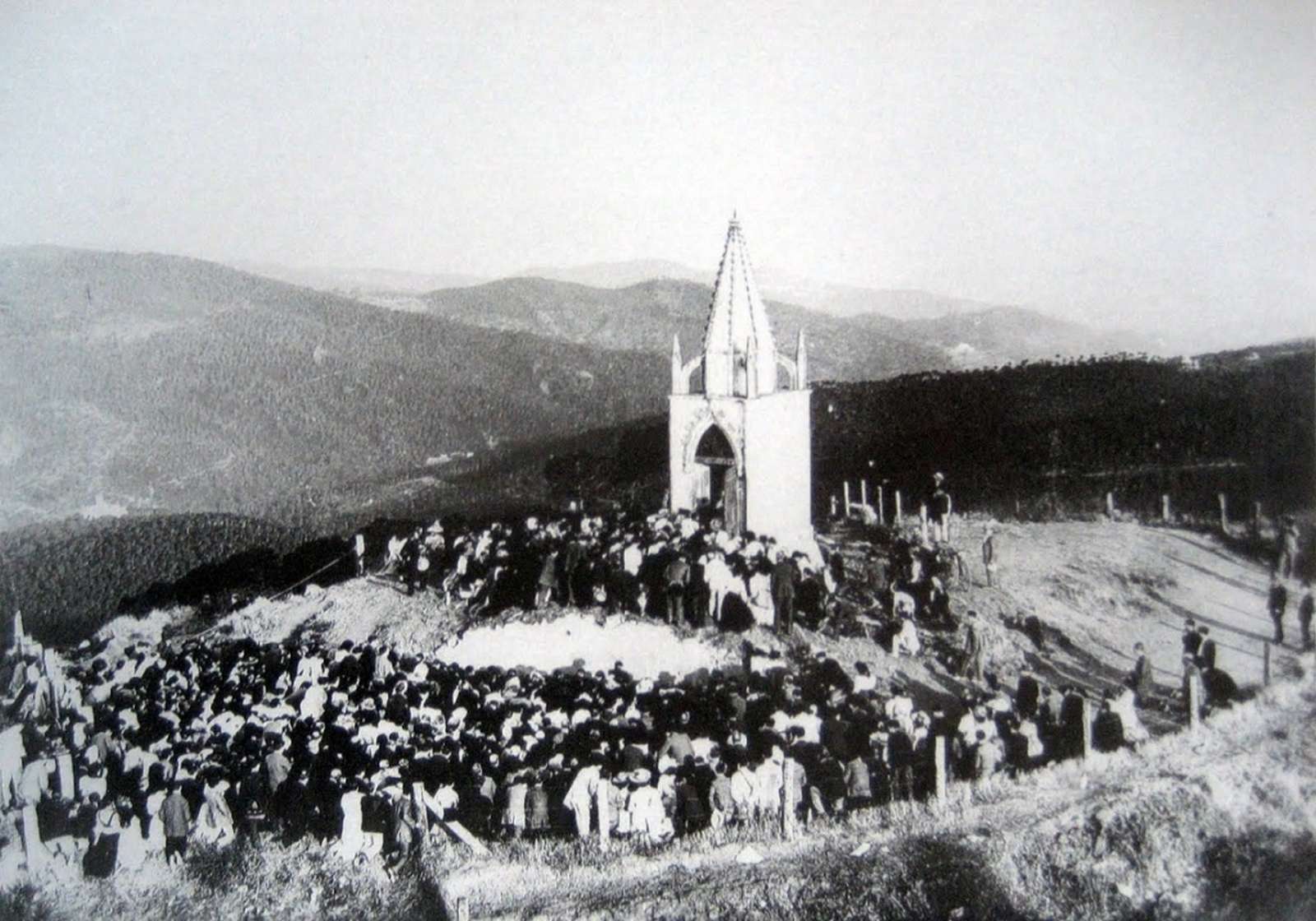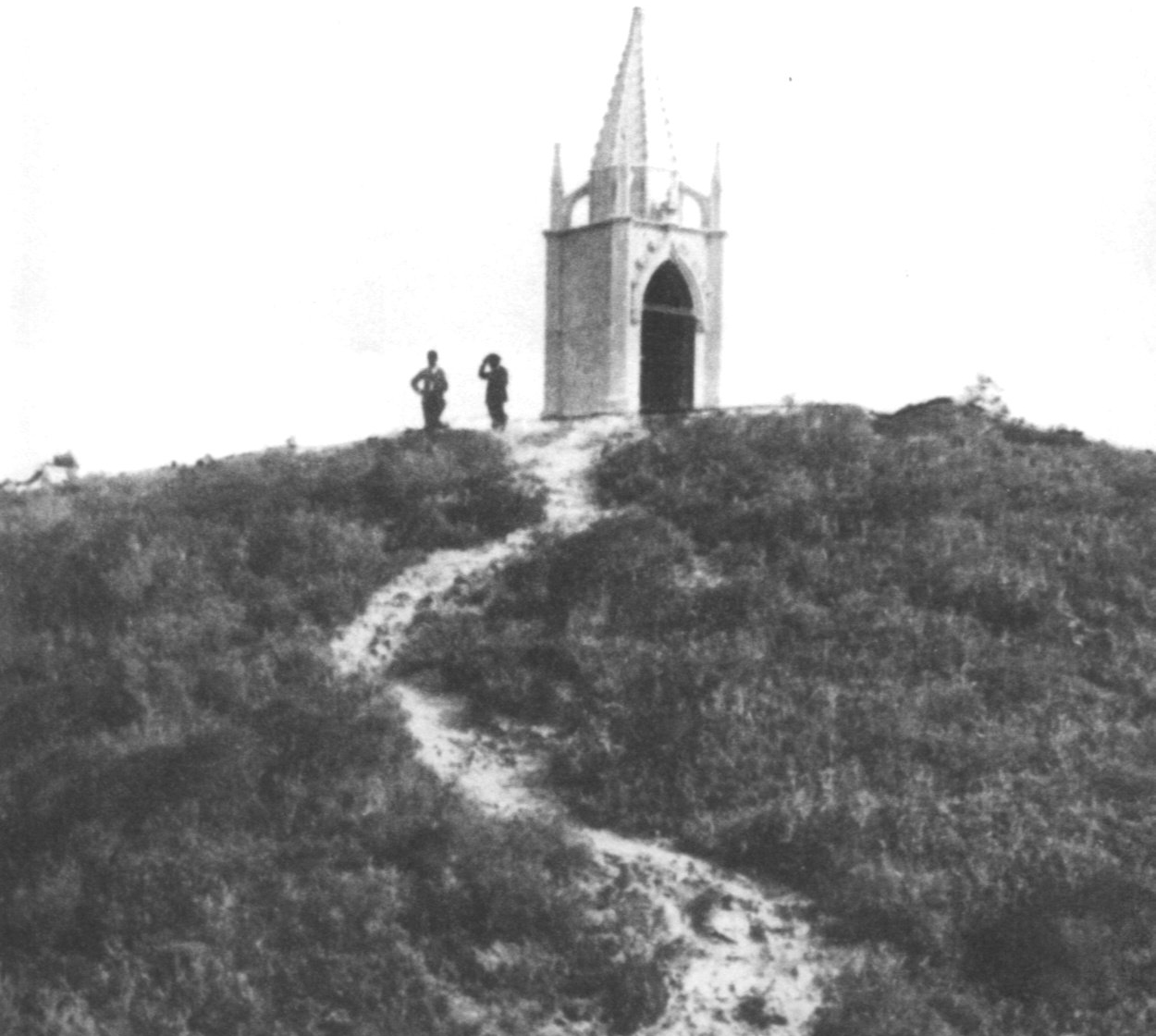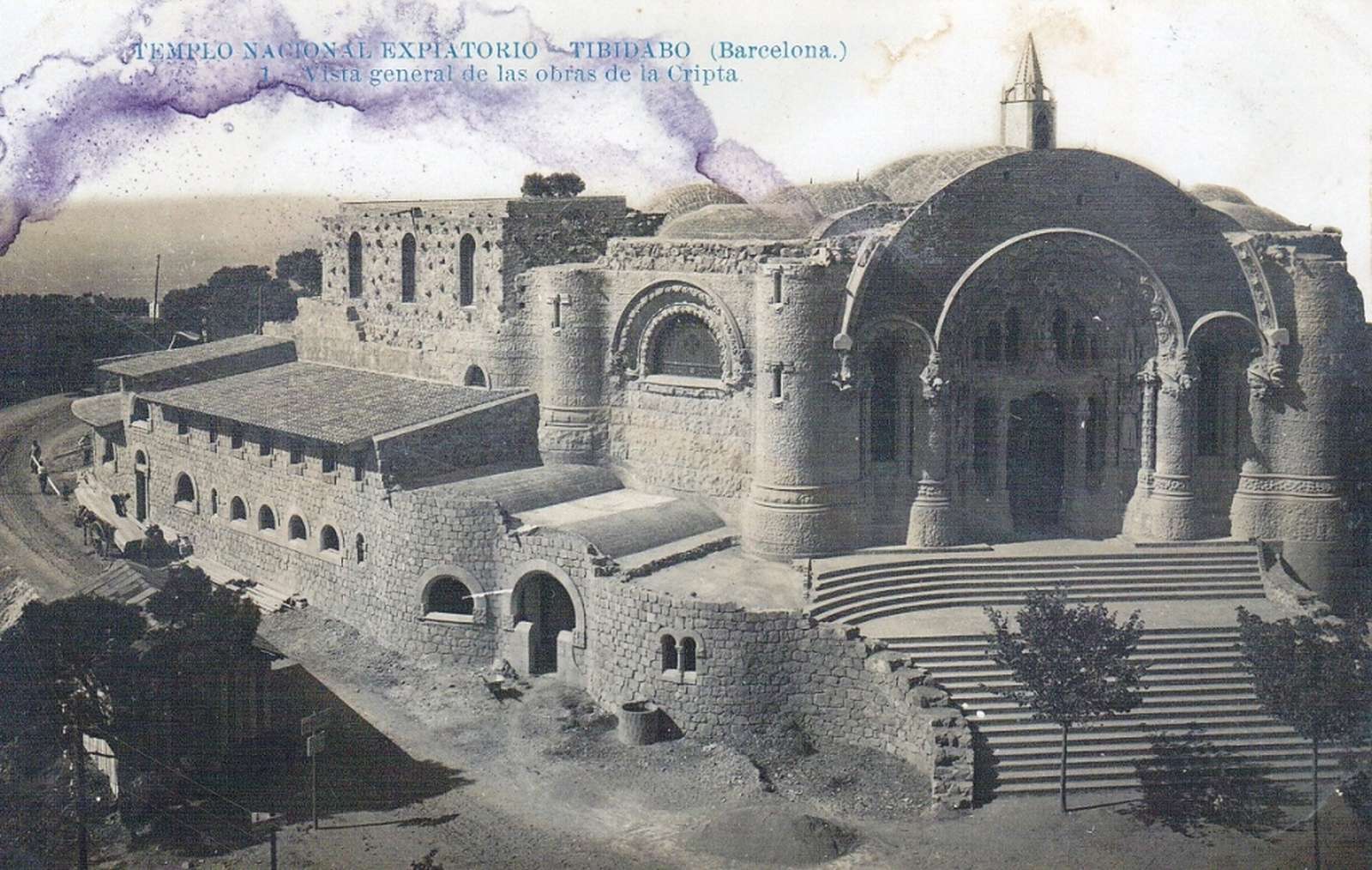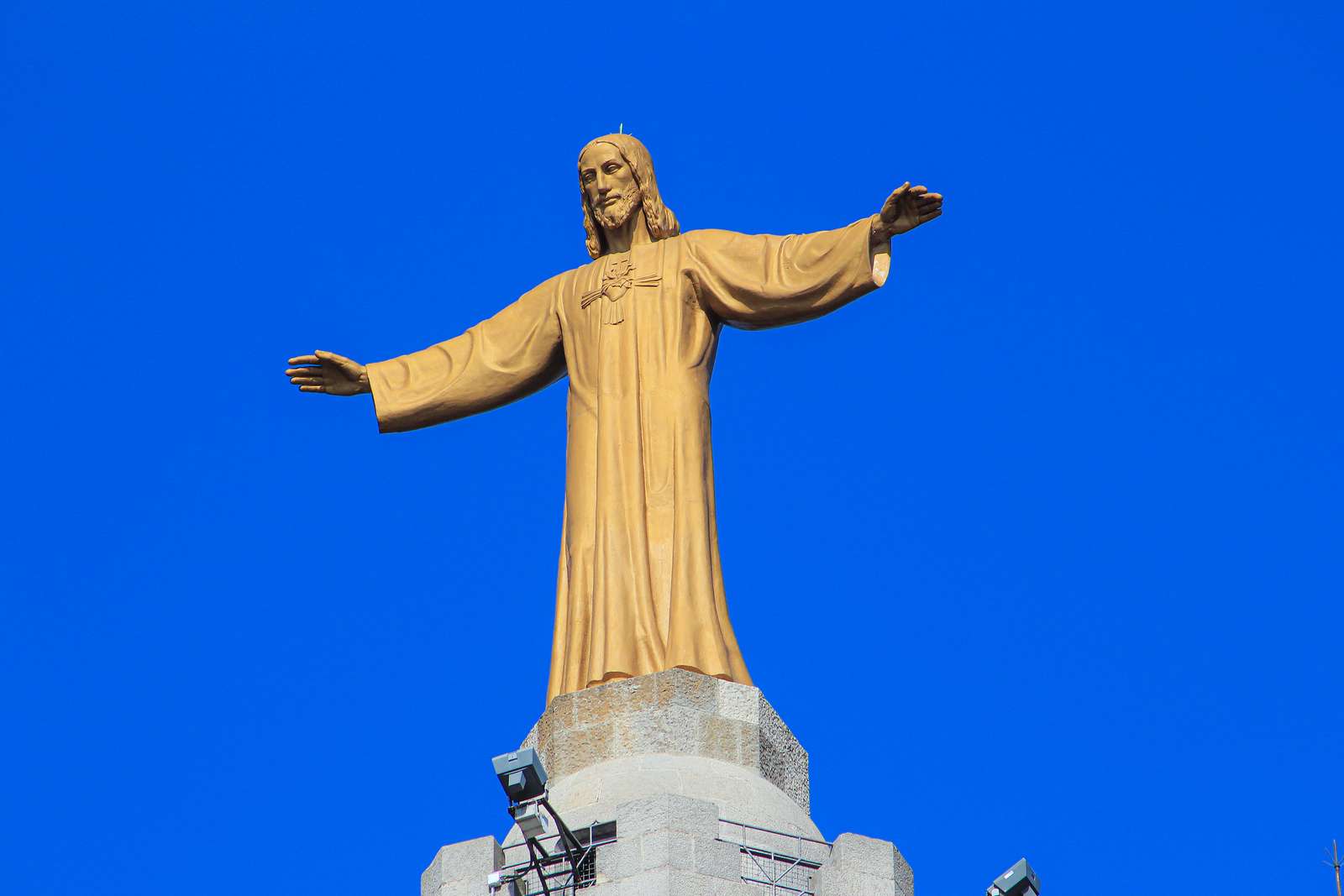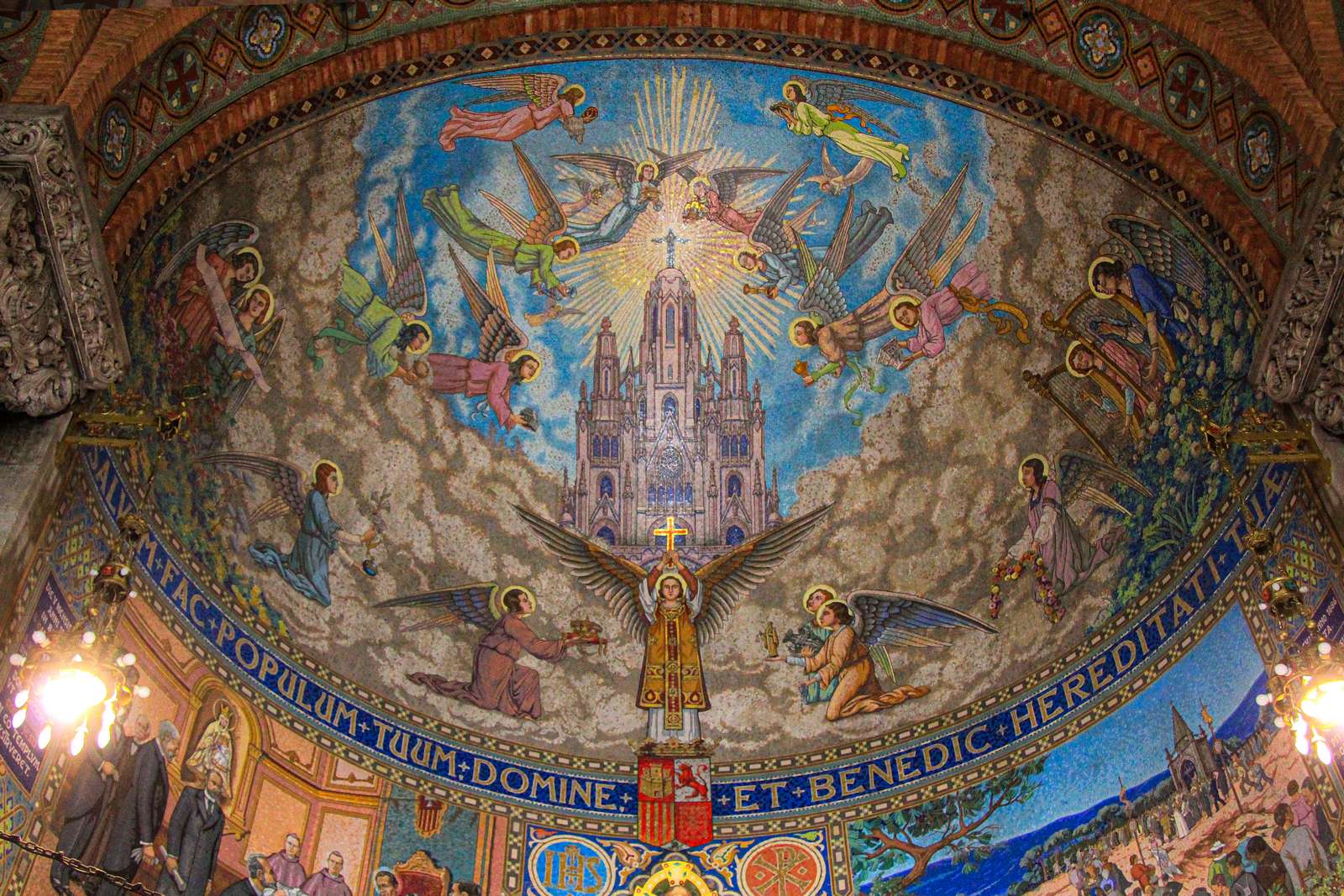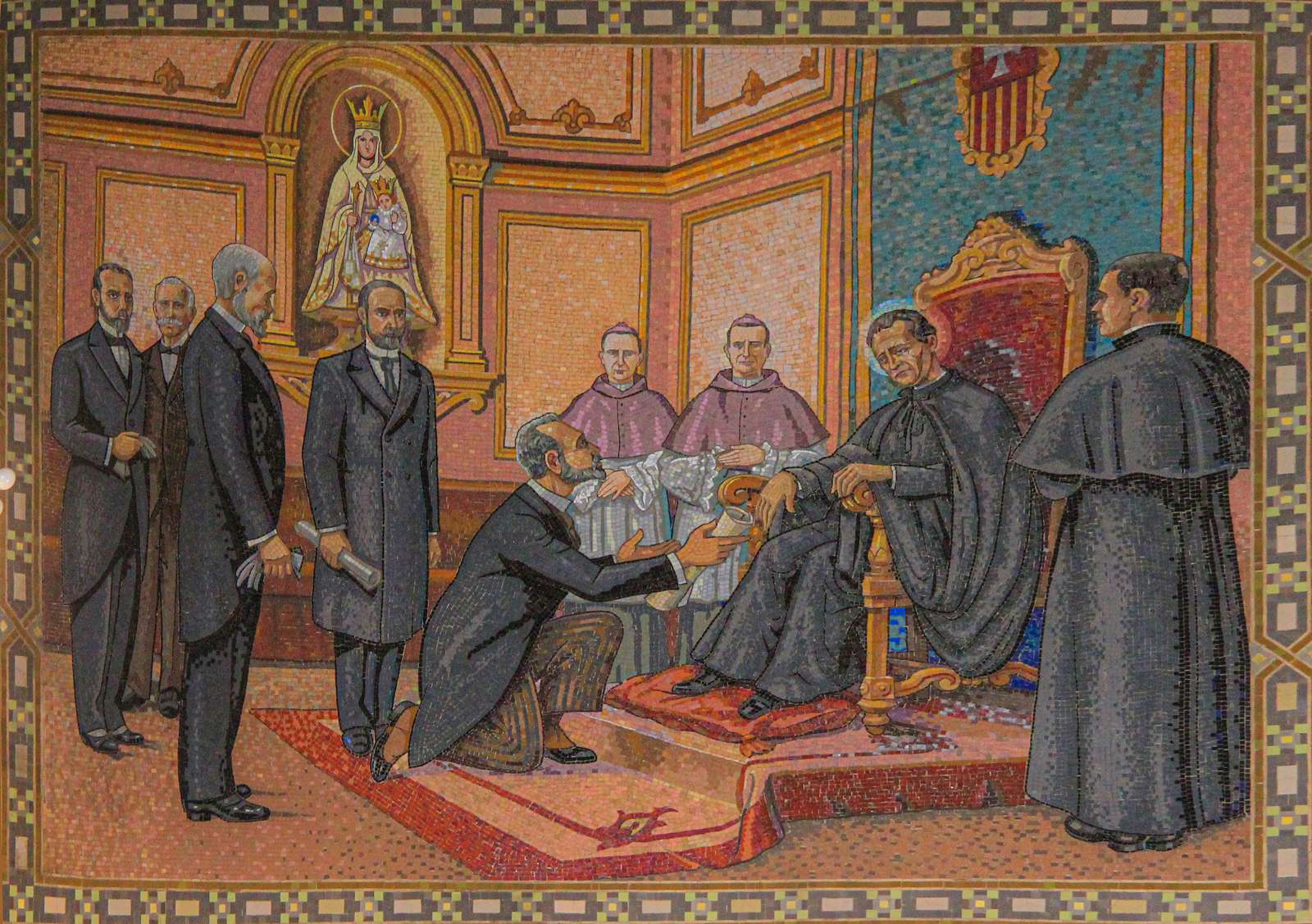Fr Rinaldi at the Becchi
Blessed Don Filippo Rinaldi, the third successor of Don Bosco, is remembered as an extraordinary figure, capable of uniting in himself the qualities of Superior and Father, a distinguished master of spirituality, pedagogy, and social life, as well as an unparalleled spiritual guide. His deep admiration for Don Bosco, whom he had the privilege of knowing personally, made him a living testimony of the founder’s charisma. Aware of the spiritual importance of the places linked to Don Bosco’s childhood, Don Rinaldi paid particular attention to visiting them, recognizing their symbolic and formative value. In this article, we retrace some of his visits to Colle Don Bosco, discovering the special bond that connected him to these holy places.
For the shrine of Mary Help of Christians
With the inauguration of the little shrine to Mary Help of Christians, which Fr Paul Albera wanted built opposite Don Bosco’s cottage, and precisely from 2 August 1918, when Archbishop Morganti, archbishop of Ravenna, assisted by our Major Superiors, solemnly blessed the church and bells, the permanent presence of the Salesians at the Becchi began. Fr Philip Rinaldi, Prefect General, was also there on that day, and with him Fr Francesco Cottrino, the first rector of the new house.
From then on, Fr Rinaldi’s visits to the Becchi were repeated every year at a steady pace, a true expression of his great affection for the good Father Don Bosco, and of his keen interest in purchasing and appropriately arranging the memorable places of the Saint’s childhood.
From the handful of news items from the Salesian house at the Becchi it is easy to deduce the care and love with which Fr Rinaldi promoted and personally followed the work needed to honour Don Bosco and appropriately serve pilgrims.
So, in 1918, after coming to the Becchi for the blessing of the church, Fr Rinaldi returned there on 6 October together with Cardinal Cagliero for the Feast of the Holy Rosary, and took the opportunity to start negotiations for the purchase of the Cavallo House behind Don Bosco’s.
Care for the work on the cottage
In 1919 Fr Rinaldi made two visits to the Becchi: one on 2 June and the other on 28 September, both in view of the restoration work to be carried out in the historic area known as Colle (Don Bosco).
There were three visits in 1920: one on 16-17 June, to negotiate the purchase of the Graglia house and the Bechis brothers’ field; one on 11 September to visit the works and the Graglia property; and, finally, one on the 13th of the same month to attend the drafting of the deed for the purchase of the Graglia house.
There were two visits in 1921: on 16 March, with Archbishop Valotti, for the project of a road leading to the Sanctuary and a Colmn and Pilgrims Area on piazetta; on 12-13 September, with Archbishop Valotti and Cavaliere Melle, for the same purpose.
In 1922 Fr Rinaldi was again at the Becchi twice: on 4 May with Cardinal Cagliero, Fr Ricaldone, Fr Conelli and all the Members of the General Chapter (including Salesian Bishops), to pray at the Casetta after his election as Rector Major; and on 28 September with his closest collaborators.
He then arrived there on 10 June 1923 to celebrate the Feast of Mary Help of Christians. He presided at Vespers in the sanctuary, gave the sermon and imparted the Eucharistic blessing. In the Academy that followed, he presented the Cross “Pro Ecclesia et Pontifice” to Mr Giovanni Febbraro, our benefactor. He then returned there in October with Cardinal Cagliero for the feast of the Holy Rosary, celebrating Mass at 7 a.m. and carrying the Blessed Sacrament in the Eucharistic procession, which was followed by the blessing imparted by the Cardinal.
On 7 September 1924 Fr Rinaldi led the Pilgrimage of Fathers and Past Pupils from Turin Houses to the Becchi. He celebrated Holy Mass, gave the sermon and then, after breakfast, took part in the concert organised for the occasion. He returned again on 22 October of the same year, together with Fr Ricaldone, and Valotti and Barberis, to resolve the thorny issue of the road to the shrine, which involved difficulties on the part of the owners of the adjacent land.
Fr Rinaldi was at the Becchi on three occasions in 1925: on 21 May for the unveiling of the plaque to Don Bosco, and then on 23 July and 19 September, accompanied this time again by Cardinal Cagliero.
On 13 May 1926 Fr Rinaldi led a pilgrimage of about 200 members of the Don Bosco Teachers’ Union, celebrating Mass and presiding at their meeting. On 24 July of the same year he returned, together with the whole Superior Chapter, to lead the pilgrimage of Rectors of Houses in Europe; and again on 28 August with the Superior Chapter and the Rectors of Houses in Italy.
Renovation of the historical centre
Three other visits by Fr Rinaldi to the Becchi date back to 1927: 30 May with Fr Giraudi and Valotti to determine building works (construction of the portico, etc.); 30 August with Fr Tirone and the Directors of the festive Oratories; and 10 October with Fr Tirone and the young missionaries from Ivrea. On the latter occasion Fr Rinaldi urged the Rector at the time, Fr Fracchia, to place plants behind the Graglia house and in the meadow of the Dream,
Fr Rinaldi was at the Becchi in 1928 on four occasions: On 12 April with Fr Ricaldone for an examination of the work carried out and work in progress. On 9-10 June with Fr Candela and Fr V. Bettazzi for the Feast of Mary Help of Christians and for the inauguration of the Pilone del Sogno. On this occasion there was a sung Holy Mass and, after Vespers and the afternoon Eucharistic Blessing, blessed the Pilone del Sogno and the new Portico, addressing everyone from the balcony. In the evening, he attended the light show. On 30 September, he came with Fr Ricaldone and Fr Giraudi to visit the Gaj locality. On 8 October he returned at the head of the annual pilgrimage of young missionaries from Ivrea. It was in that year that Fr Rinaldi expressed his desire to purchase the Damevino villa to use as accommodation for pilgrims or, better still, to assign it to the Sons of Mary aspiring missionaries.
As many as six visits were made to the Becchi in 1929: – The first, on 10 March, with Fr Ricaldone, was to visit the Damevino villa and the Graglia house (the first of which was later purchased that same year). As Don Bosco’s beatification was imminent, Fr Rinaldi also wanted a little altar to the Blessed to be set up in the kitchen of the Casetta (which was carried out later, in 1931). – The second, on 2 May, was also a study visit, with Fr Giraudi, Mr Valotti and the painter Prof. Guglielmino. – The third, on 26 May, was to attend the feast of Mary Help of Christians. The fourth, on 16 June, was with the Superior Chapter and all the members of the General Chapter for the Feast of Don Bosco. The fifth, on 27 July, was a short visit with Fr Tirone and Bishop Massa. The sixth, finally, was with Bishop Mederlet and the young missionaries of the Ivrea House, for whom Fr Rinaldi made no secret of his predilections.
In 1930 Fr Rinaldi came twice more to the Becchi: on 26 June for a brief reconnaissance visit of the various localities; and on 6 August, with Fr Ricaldone, Mr Valotti and Cav. Sartorio, to search for water (which Fr Ricaldone then found in two places, 14 and 11 metres away from the spring called Bacolla).
In 1931, which was the year of his death on 5 December, Fr Rinaldi came to the Becchi at least three times: on 19 July, in the afternoon. On that occasion he recommended the commemoration of Don Bosco on the 16th of each month or the following Sunday. On 16 September, when he approved and praised the recreation camp prepared for the young people of the Community. On 25 September, and it was the last, when, with Fr Giraudi and Mr Valotti, he examined the plan for the trees to be planted in the area (it will be carried out later, in 1990, when the project for the planting of 3000 trees on the various slopes of Colle dei Becchi began, precisely in the year of his beatification.).
Not counting any previous visits, there are therefore 41 visits made by Fr Rinaldi to the Becchi between 1918 and 1931.









